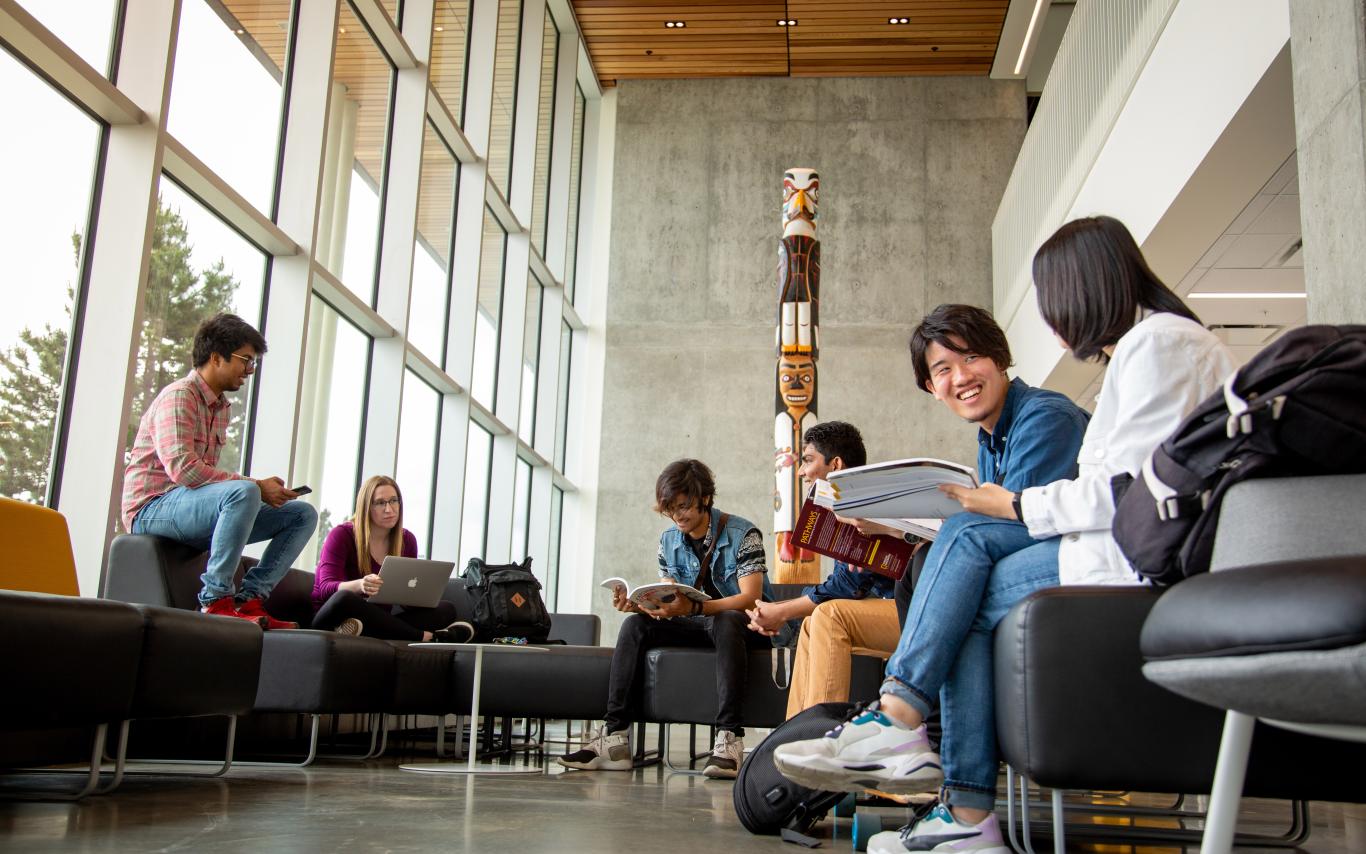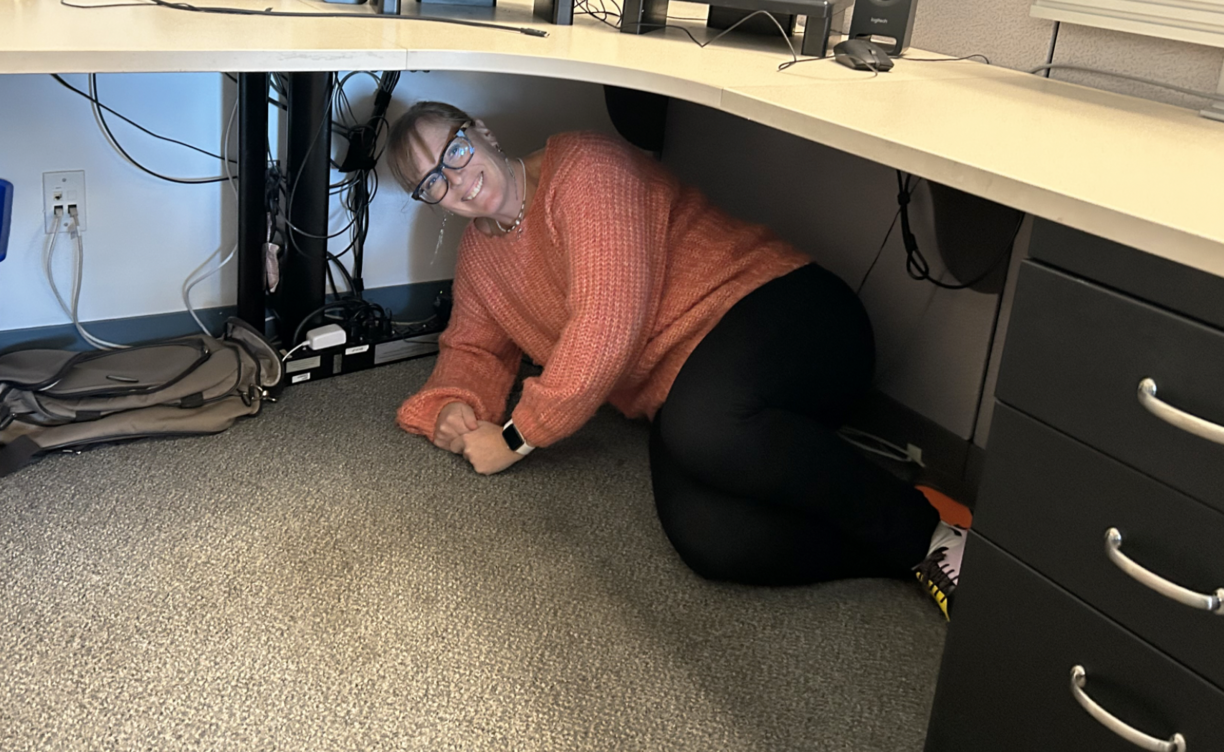Why practicing your response is so important
British Columbia is in a seismically active region. Every October since 2015, VIU has participated in the provincewide ShakeOutBC earthquake drill to review and practice emergency procedures in the event of an earthquake.
Learn more about ShakeOutBC and the response procedures VIU has in place from Emergency Management Manager Erin Bascom.
Why is it important to participate in earthquake drills?
It’s important to make sure our campus community is aware of the potential for earthquakes in BC and is ready to respond. Knowing what to do in the moment can make all the difference. And let’s be honest, there’s something kind of fun about doing it together. Whether you're in a classroom, office or hallway, it’s a shared experience that reminds us that we’re all in this together. Rain or shine, it’s a great excuse to step outside, connect with classmates and colleagues and talk preparedness.
Can you debunk some common myths people have about what to do during or after an earthquake?
Common myths like standing in a doorway, running outside or relying on the “triangle of life” are considered dangerous and are not recommended. This is because moving during intense shaking puts you at serious risk. Earthquakes can be so violent that you may be knocked off your feet. That’s why it’s critical to drop before the earthquake drops you. Seek nearby shelter, such as under a sturdy table or desk, or use your arms to shield your head and neck. The greatest danger during an earthquake comes from falling and flying objects, not from collapsing buildings.
“Drop, cover and hold on” helps protect you from these hazards. If no furniture is nearby, position yourself next to an interior wall (not an exterior one, which may collapse or contain windows that can shatter) and cover your head and neck with your arms.
Tell us more about VIU’s earthquake response procedures. What should people do if they are on campus and an earthquake happens?
If you’ve never experienced an earthquake before, it can be hard to imagine what it actually feels like. The truth is, it’s different for everyone and every earthquake is a little different too. In the first few seconds, there is often a bit of confusion before people realize they are experiencing an earthquake. Feelings of anxiousness or uncertainty are common. This is why practicing the “drop, cover, hold on” response is key to helping people react quickly and confidently when it counts.
During the ShakeOutBC drill, we activate all of VIU’s mass notification systems like the Safety App, voice messaging and Alerts to test how well they work. But in a real earthquake, it’s important to know that there could be a delay before any messages go out. Why? Because these systems rely on a dedicated person to send alerts. During an actual emergency, that person is also following safety procedures, just like everyone else.
Canada also has an Earthquake Early Warning system that automatically sends alert through the National Public Alerting System for earthquakes estimated to be at or above Magnitude 5, so mobile devices may also receive these alerts.
Here’s the key takeaway: Don’t wait for technology to tell you what to do. If the ground starts shaking, follow the emergency procedures right away. Being prepared means knowing what to do before the message arrives.

